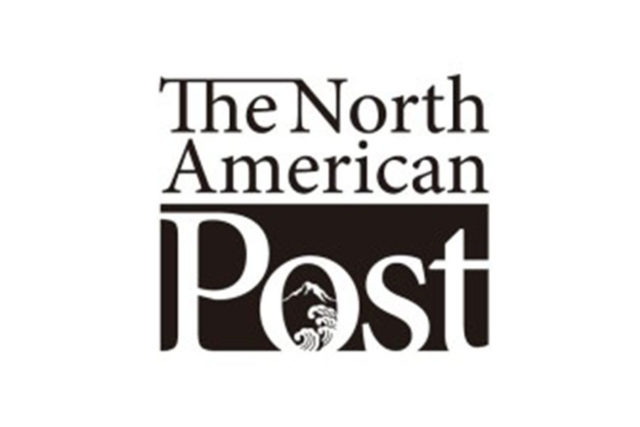A favorite early August evening for many in Seattle is the annual “From Hiroshima to Hope” event and lantern floating at Green Lake. The program is always thought provoking and the lantern floating pretty. Internationally, the event stands out as one of few annual remembrances of the atomic bombings of Hiroshima and Nagasaki outside of Japan.
This year, in lieu of the annual Seattle lakeshore gathering—a sea of lawn chairs and blankets since 1984—the sponsoring organization has provided a 37-minute video on the event on YouTube, “Seventy-Five Years and Counting: From Hiroshima to Hope (fromhiroshimatohope.org).
The video is worth watching, mainly to hear the thoughtful words of three wise women. (Host Stan Shikuma holds his own among them.)
First, we hear playwright Nikki Nojima Louis read the words of Mashiro Saranaga, a Hiroshima survivor who spoke them at the United Nations. He delivered his words long enough ago that no record of them survives on the internet.
“Suddenly there was bright light that turned sky into furnace… for a moment I could not open my eyes… and I see small boy begin to melt…”
We also hear from Marta Bruce, who founded the Seattle “From Hiroshima to Hope” event.
“At the time, there was a great fear of nuclear war…” Bruce says. “My passion from the beginning was to… have the event be multicultural… to represent the diversity present in our community… I felt the issue of light and hope and healing was much broader than just trying to stop nuclear weapons… We needed to teach people to practice nonviolence in their lives…
“As I grow older, in my old age, I feel so good having done this, and given this to my corner of the world…”
Lastly, we hear from Carletta Carrington Wilson, literary artist. She reminds us that “African Americans have protested nuclear weapons since 1945… Martin Luther King, Malcolm X, Tony Morrison, Alice Walker, and others linked the bombing of Hiroshima and Nagasaki to ongoing struggles around racism and colonialism…
She asks, “How do we shape a future, in which the sanctity of life is a transformative mandate, actively pursued in this war-weary world?”






